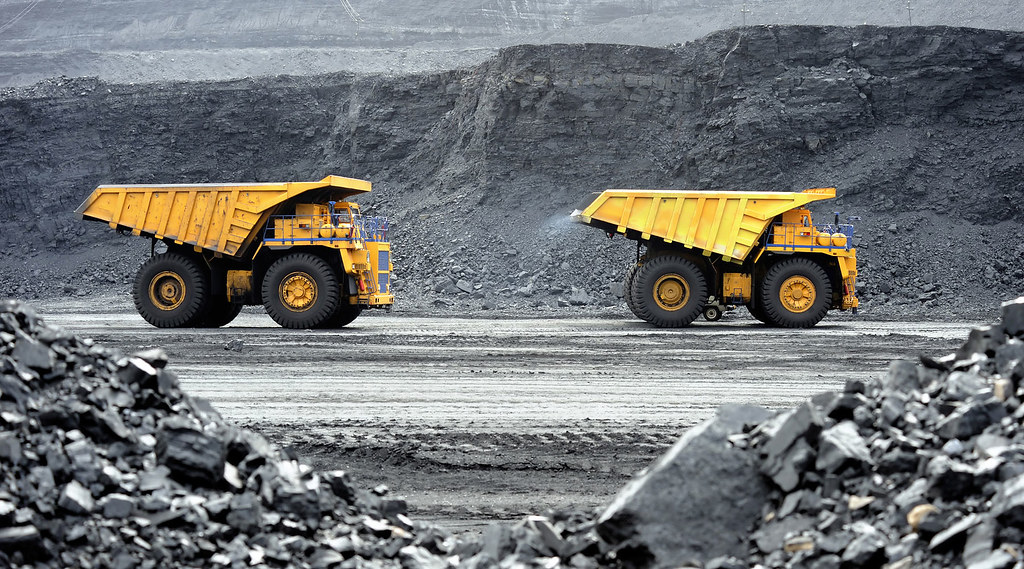The UK energy sector is facing a 'trilemma':
- Electricity generation currently contributes around 30% of UK C02 emissions
- Achieving the UK carbon reduction target of 80% by 2050 will require considerable change in the systems for producing, delivering and using energy.
- Not only do any new systems need to be low carbon, they also have to be secure and affordable.
Reducing carbon emissions will involve a combination of moving away from fossil fuel and making much greater use of renewables and nuclear power.
The UK energy supply industry relies heavily on coal and natural gas. Cheap coal from overseas is unlikely to cause a security of supply problem, but increasing reliance on natural gas imports might.
The largest natural gas reserves globally are in Russia, North Africa and the Middle East. Even without the political problems associated with these regions, there will be difficulties of transportation. Long pipelines, additional port and storage capacity will all be required.
Changes need to be achieved at a reasonable cost, as switching to renewables is only one of several costs the energy sector is facing:
- much of the electricity grid was constructed in the 1950s and 1960s and is nearing the end of its design life. There will be a significant cost involved in renewing this infrastructure, even without switching to renewables
- fuel poverty is already a significant problem in the UK, so it may be politically difficult to pass on infrastructure costs to end consumers.
The potential paths to a low carbon future
A consortium of nine universities - 50% engineers, 50% social and policy analysts – are looking at the technical, social and economic problems involved in getting from where we are now to a low carbon future in 2050.
They have established three typical transition pathways towards this low carbon future:
- Market rules – a continuation of the current market-based sector, with minimal government interference. Energy companies dominate this pathway and concentrate on large-scale low carbon technologies such as capture-ready coal, nuclear power and offshore wind.
- Central coordination – greater direct government involvement, using contracts with large energy companies to reduce risks of low carbon investments. Focus is on centralised generation technologies such as coal, gas, nuclear power, off/on shore wind, wave and tidal power.
- 1,000 flowers – a sharper focus on more local, decentralised power network driven by local authorities and citizen groups. Microgenerators (energy producers in the home) might produce the majority of the energy consumed, with greater community ownership of generation, including onshore wind and biomass.
The phrase ‘let a thousand blossoms flower’ is attributed to Chairman Mao during a speech in 1957 in which he said diversity of thought was the only way to further art, politics and science. His flirtation with liberalisation proved short lived, but the phrase and its meaning lives on. The project will use these pathways as a basis for further analysis of the challenges involved in realising a transition to a UK low carbon electricity system.
As part of this consortium, University of Bath is pursuing two particular strands:
- Examining the energy system as a whole – trying to evaluate the energy and environmental implications for the UK energy sector.
- Horizon scanning – developing a portfolio of methods for increasing awareness of important emerging influences on the UK energy system and its environment.
Evaluating true environmental impact
An appraisal will evaluate the entire UK power system on a lifecycle basis - from the extraction of materials and fuels, transport to the power plant, and delivery of electricity to the customer.
It will highlight the significance of 'upstream emissions' and their technology and policy implications.
All forms of electricity generation have some form of upstream emissions. It’s important to keep track of them to give their true environmental impact and show the limitation of how much the UK power system can be decarbonised.
Horizon scanning of low carbon power systems
Technological choices in the UK power sector are likely to vary significantly between now and 2050.
In 2011 alone, the outlook for nuclear power was hit by both the Fukushima disaster and a reassessment of the economics of nuclear power by some of the 'big players', such as EDF.
Developing methods to enable researchers to increase their awareness of emerging influences will help governments, and government agencies understand the options the energy sector has.
Making an impact on energy policy
By determining:
- factors to take account of in order to reduce our own carbon emissions
- how the different pathways might play out as we move towards 2050
- the technological options to help us reduce these carbon emissions
the researchers hope to produce results that will be of significant interest to policy makers in the UK and the wider world.
